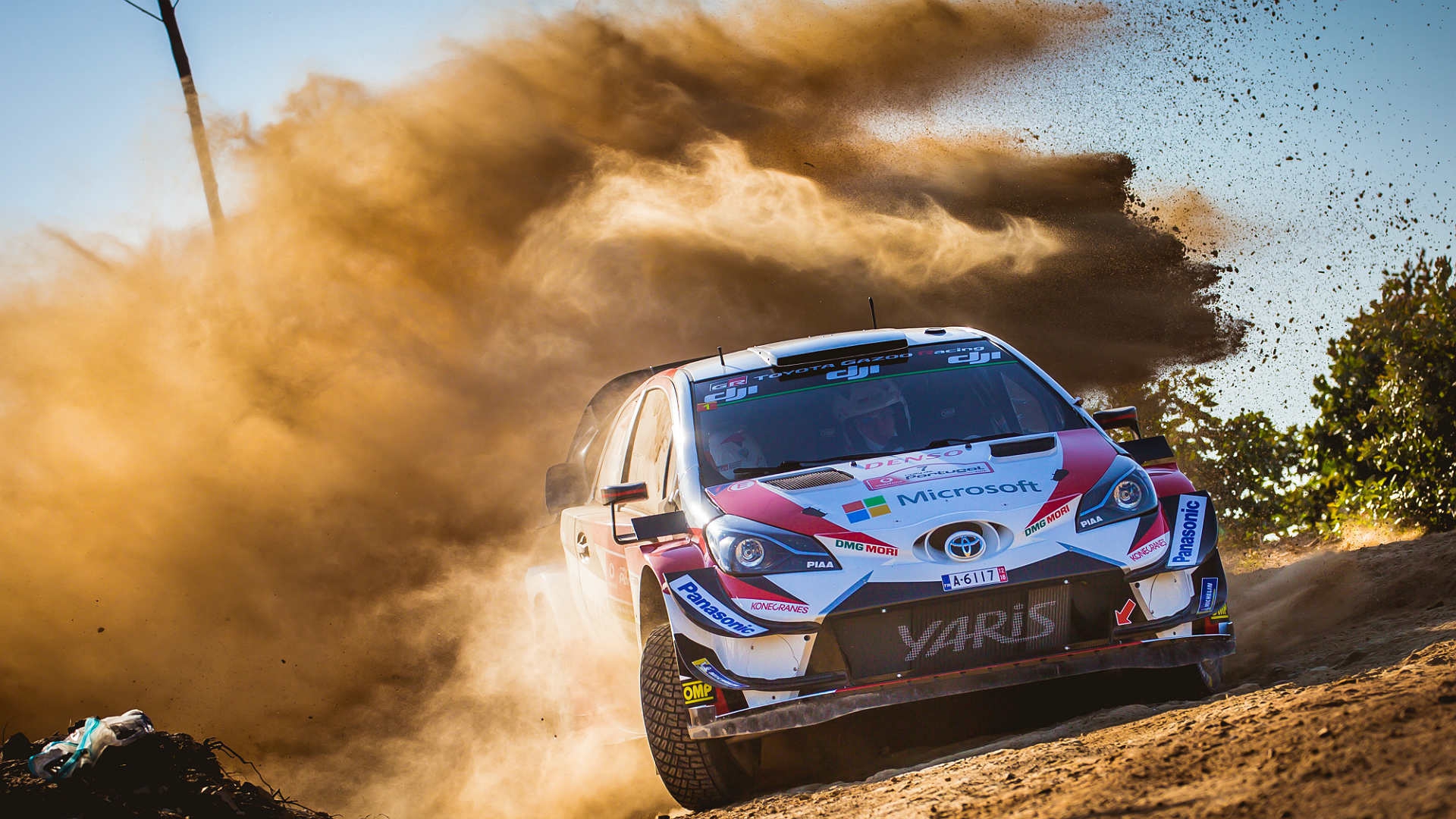
1920x1080 dirt rally 1080p#
Comparatively, 1080p (1920x1080) produces about 2 million pixels, with 1440p (2560x1440) producing ~3.7 million pixels. Pixel count for a 3440x1440 resolution display is ~4.9 million. For anyone considering 2560x1080 GPU performance, check out our Game Benchmarks page and note that your performance will be slightly better than our 1440p charts (2560x1440).

Production users are most obviously benefited by such a display. This isn't a resolution we test, but it does offer a middle-ground of affordability for folks who really can't run two side-by-side, higher resolution displays. Some $300 options run 2560x1080 to help reduce cost. The UltraWide GPU performance benchmark includes the GTX 980 Ti, 980, 970, and 960 from nVidia and the R9 390X, 380X, 290X, and 285 from AMD.ģ440x1440 isn't the only UltraWide resolution out there. Today, we're benchmarking graphics card FPS on a 3440x1440 Acer Predator 34” UltraWide monitor. Increased pixel throughput more heavily saturates the pipeline, of course, which means that standard 1080p and 1440p benchmarks won't reflect the true video card requirements of a 3440x1440 UltraWide display. These UltraWide displays afford greater production capabilities by effectively serving the role of two side-by-side displays, just with no bezel they also offer greater desk compatibility, more easily centered atop smaller real-estate.įor gaming, the UltraWide argument is two-fold: Greater immersion with a wider, more “full” space, and greater peripheral vision in games which may benefit from a wider field of view. UltraWide displays run a 21:9 aspect ratio (21 pixels across for every 9 pixels down, think of it like run/rise), a noticeable difference from the 16:9 of normal widescreens. Today, we've got “UltraWides,” much like we've got “Ultra HD” – and whatever else has the U-word thrown in front of it – and they're no gimmick.


Modern displays don't really get called “widescreen” anymore there's no point – they're all wide. 144Hz has subsumed 120Hz, both sort-of “premium” frequencies, and adaptive synchronization technologies G-Sync and FreeSync have further complicated the monitor buying argument.īut we think the most interesting, recent trend is to do with aspect ratios. 1080p lost its luster as 1440p emerged, and later 4K – which still hasn't quite caught on – and that's to say nothing of the frequency battles. Monitors have undergone a revolution over the past few years.


 0 kommentar(er)
0 kommentar(er)
